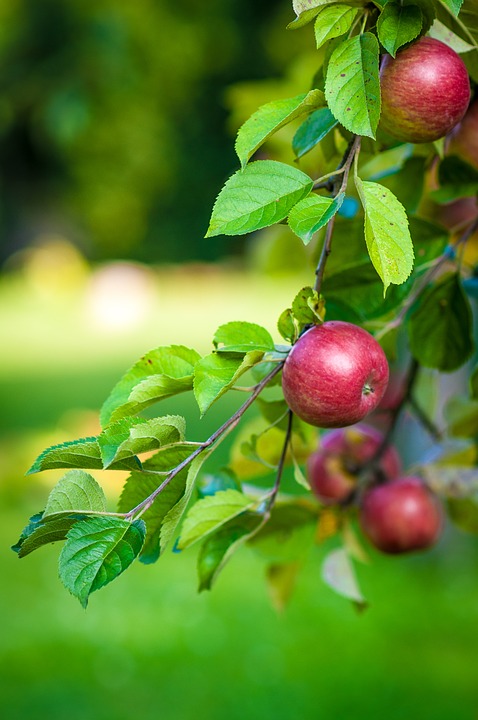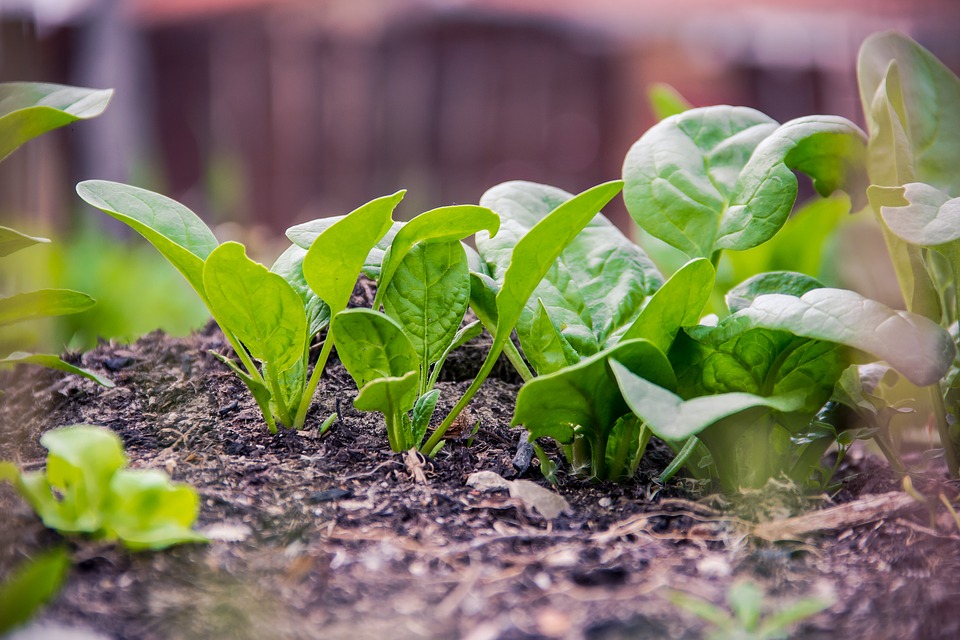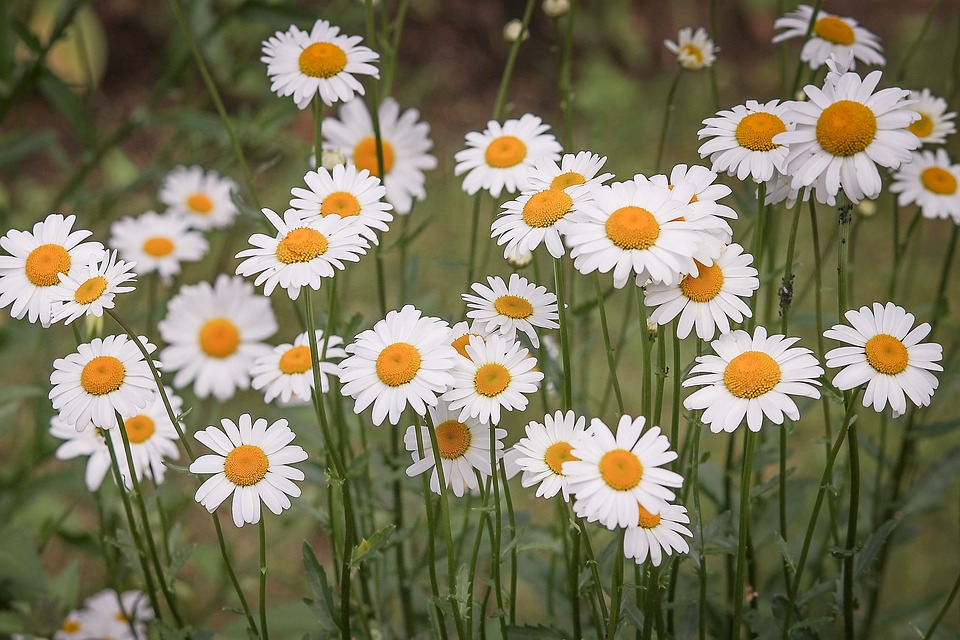Apple trees (Malus Domestica) are a garden asset. Not only do they provide delicious fresh apples in fall, but they are also valuable for their beautiful flowers in the spring.
They can be grown in the ground or in big pots or planters. Apple trees should be pruned annually to promote desired growth and fruiting. Fast-growing apple trees need to be pruned twice a year. Pruning a pear tree is almost the same as pruning an apple tree. So, you can use this apple tree pruning guide for pear trees as well.
Why Do I Need to Prune My Apple Tree?
Winter pruning promotes the apple tree’s growth by encouraging the development of next year’s fruiting branches (short shoots). Proper pruning also allows as much light and air into the canopy as possible. Summer pruning can slow the growth of overly strong apple trees.
When Should I Prune My Apple Tree?
For apple trees (and pear trees), winter pruning and summer pruning are necessary. Therefore, apple trees should be pruned twice a year (although summer pruning is not always necessary for young or weak-growing trees).
Summer Pruning
Summer pruning of apple trees should be done in June and July. Do not prune during periods of extreme heat or dry weather.
Winter Pruning
Apple trees should be pruned in the winter months of December, January, and February. During this time, the tree is resting; thus, care should be taken when pruning in cold climates.

Apple Tree
How Do You Prune an Apple Tree?
Pruning an apple tree (or pear tree) depends on the desired shape, the type of apple tree (standard, half-stem, low-stem), and whether it is an espalier or not since these require a different pruning method. For the first few years, pruning will be different, as the basic branches must first be formed.
Winter Pruning of Mature Apple Trees
When pruning apple trees in winter, the goal is to promote desirable shape and growth and encourage flowering trees’ formation. Do not prune when there is frost or, if possible when it is raining. Damage caused by pruning is challenging to recover from frost and can become infected if left wet for a long time.
Removal of Dead Branches
Cut off all dead, diseased, broken, or damaged branches. This is the way to keep your apple tree healthy. Also, prune crossed branches so that they do not rub against each other and cause damage.
Pruning Water Shoots
Prune water shoots, which should be pruned to one or two buds. A water shoot is a long (almost) upright branch that proliferates. Water shoots can be distinguished by their color (e.g., reddish-brown).
Create an Open Crown
Always prune from the top of an outward-facing bud. This will prevent the development of inward growing branches. Branches that grow inward can still be pruned. You want to keep the crown as open as possible, which will allow the fruit to ripen better and reduce the incidence of disease and fungus.
Cut Old Branches
You can prune (actually cut with a saw) old, thick branches in winter since they will not produce any fruits.
Remove Branches at the Base of the Trunk
Prune bare trunks and branches that are close to the ground (or grafted areas). These branches usually bear little fruit, and this kind of growth often prevents the development of the selected variety.
Pruning Apple Trees in Summer
Water sprouts that have developed in response to strong winter pruning should already be pruned in the summer. Be sure to prune outward. It is best not to prune for a while during periods of extreme heat, drought, or heavy rainfall. If you have a robust growing apple tree, you can also prune the side branches in the summer, and it will slow down the growth of (too strong) apple trees.
Pruning Young Apple Trees
In young apple trees, the main branches must be formed first. They are necessary to obtain good shape and yield. Then, select three to five branches that will form the backbone of the apple tree. Use good, strong branches, not too close together, but at about the same distance. Take one in each direction, or try to take branches that are already together towards the desired shape. Frame branches should be at a 45 to 60-degree angle to the trunk.
All other branches should be pruned completely. The main branch itself should be pruned to a length of about 50 cm. Pruning should always be done from the top of outward-facing buds.
Let us know if these few tips have helped with your pruning in the comments below!



